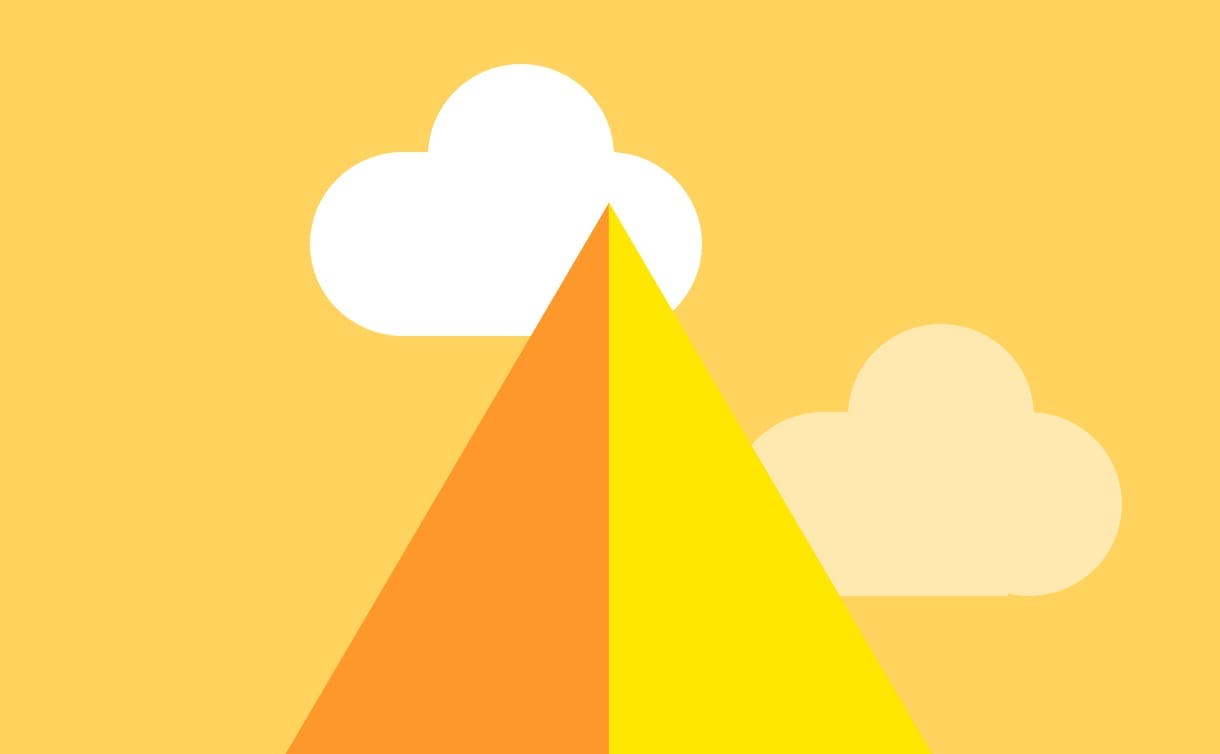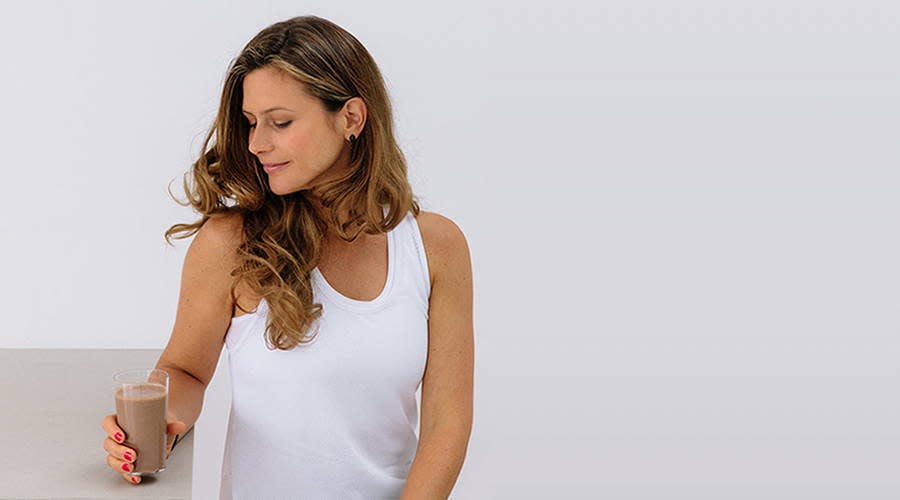How to meditate: A guide for beginners
Unsure where to start with meditation? We asked Meditation coach Natalia Bojanic for her top tips on meditation at home.


As a meditation teacher, one of my biggest challenges is convincing people that practices where nothing appears to be happening, can actually work wonders. A big part of that is teaching beginners how to meditate so they can see the benefits for themselves.
Meta-study analyses have attested to the benefits meditation has on both your nervous system and your brain, from the regulation of negative brain responses to thickening your grey matter in the areas of attention and emotion regulation.
But meditation can be intimidating, and many people think that they aren’t cut out for it. I want to tell you how to meditate properly, and why it’s actually very easy for a beginner to get started.
What is the theory behind meditation? and how does meditation actually work?
Meditation is training to become more aware of yourself and your surroundings. There’s no one way to meditate, and what works well for some people might be less effective for others.
Part of my passion for sharing the practice comes from this realisation—that meditation is a tool for mastering ourselves. These days, we tend to know more about cars, fashion and business than we know about what's going on in our own minds.
Mindfulness is the school that teaches us how to observe our thoughts, feelings and emotions, leading to greater awareness of our internal states and a deeper understanding of ourselves.
Enter your email below to get 10 small habits to build into your everyday routine that are easy as well as weekly braincare tips.
Is there science behind mindfulness?

There's a growing body of research looking at the science of mindfulness, particularly how it changes the way the brain works.
As the grandfather of the Mindfulness Movement, Jon Kabat-Zinn says that “becoming a little bit more present and a little less judgmental is the hardest thing to do. It requires discipline and it’s a lifetime commitment.”
But meditation at home is one of the simplest first steps you can take.
What happens scientifically when you meditate?
Meditation is not simply a relaxation tool to help you sleep, but something that trains your attention and keeps you alert and awake. It supports you in moving from auto-pilot to hyper-awareness, and from impulsive reactions to considered responsiveness.
And on a less tangible level, a cluttered mind leaves little room for creative thinking. We must use techniques to develop a healthier relationship with our thoughts and in turn enhance our ability to make wise decisions.
Meditation is the pause we take that gives us perspective and power.
We can all greatly benefit from developing a greater connection with ourselves. Subsequently, the people around us will benefit from being around someone who is calm, cool, and collected.
Here are some of my tips for easing yourself in.
Tips to meditate
Hopefully, you're now thinking 'I want to start meditating!'. Well, here’s how to get started with meditation:
Start by setting a strong motivation to meditate. Maybe you wish to increase kindness or simply be more present. The simple act of setting an intention is a meditation in itself, as you are creating or reinforcing a mental habit.
Commit to a realistic period of time to meditate for. Less can often be more. Three minutes is the minimum amount to start with, and you can gradually increase to 5, 10, 15 or 20.
Choose your meditation spot. A place you won’t be disturbed and one you’ll associate only with meditation. Here is everything you need to know on creating the ultimate meditation room in your home.
Find a comfortable position. We don’t meditate with our legs, we meditate with our minds, and we need a still body to have a still mind.
Last, and most importantly, be kind to yourself and have an open mind. Try different techniques and see what type of mind training most suits you, then stick to it.
I started meditation using the app Headspace and ended up spending time in Nepal, living with monks in the Himalayas, so don’t underestimate the value of digital content. Calm and Insight Timer also offer a great variety of teachers and styles of practice.
I also recommend trying meditation studios, Buddhist centres and retreats when you need the support of a teacher and community.
How to meditate for beginners
I leave you with a straightforward technique to bring your body and mind to the same space by aligning your breaths with 4 words:
Breathe IN and silently say to yourself: I
Breathe OUT and silently say to yourself: AM
Breathe IN and silently say to yourself: HERE
Breathe OUT and silently say to yourself: NOW
Repeat for four rounds.
Stay present and be awesome.
Who is Natalia Bojanic?

Trained by the Search Inside Yourself Leadership Institute, Natalia Bojanic is a meditation instructor, leadership workshop host, and serial wellness entrepeneur - currently leading plant-based nutrition start-up, Form.